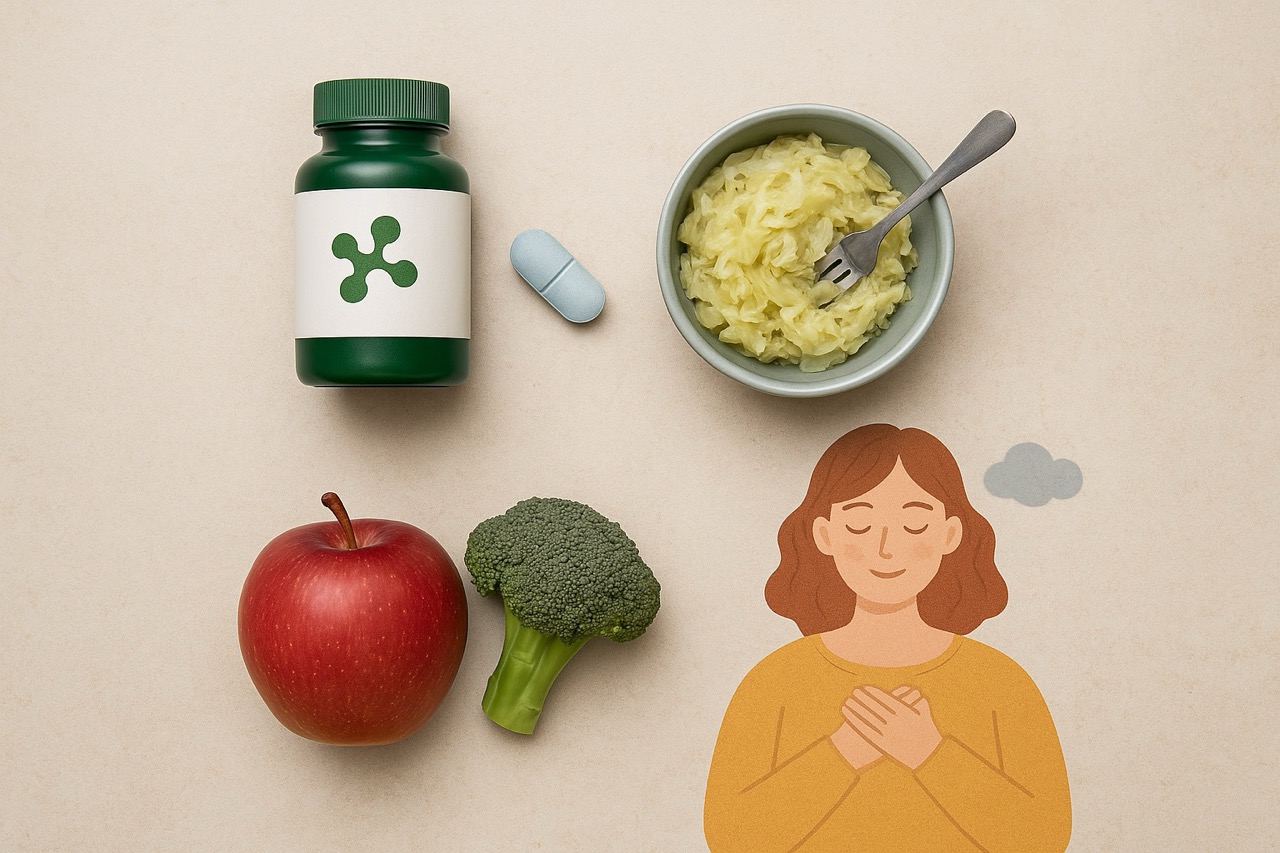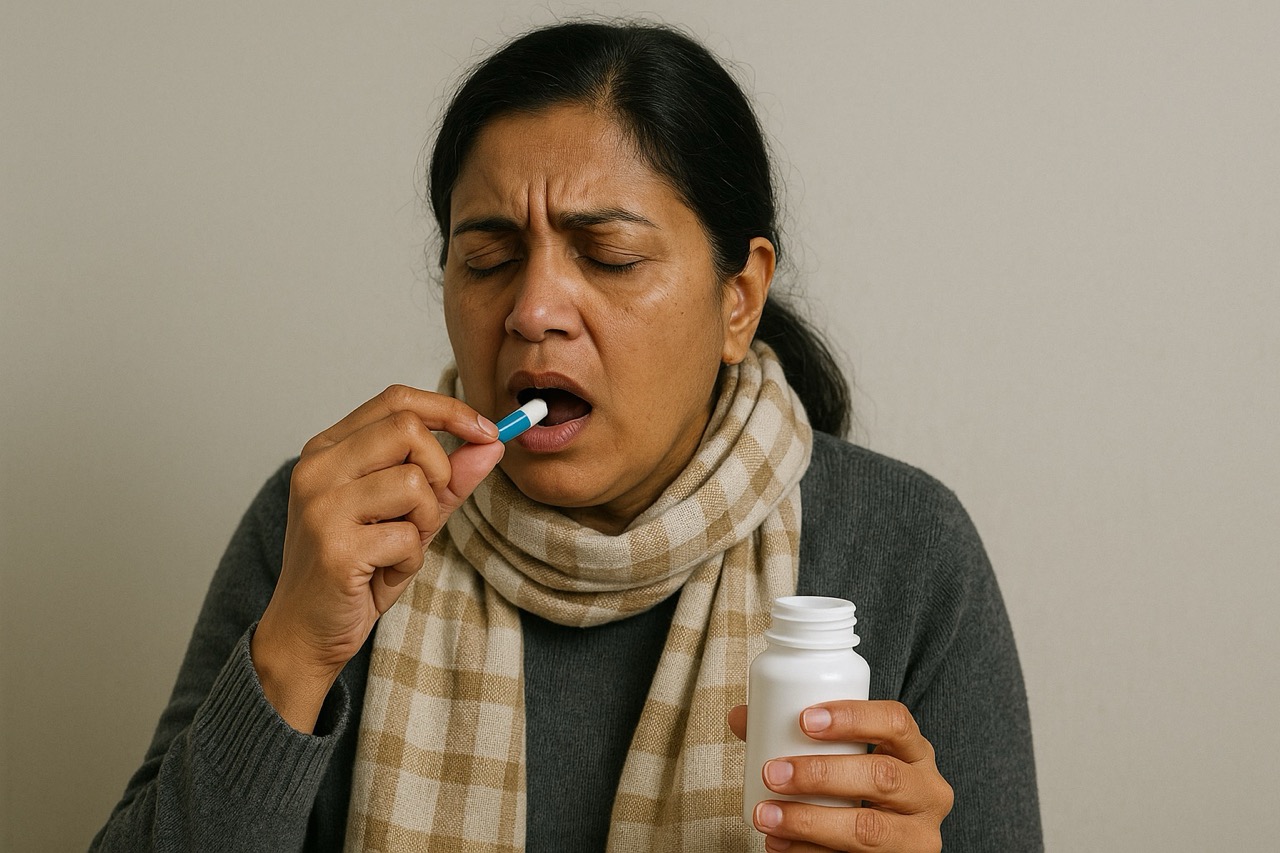Question from a patient:
“I recently had to take antibiotics for a respiratory infection. It cleared up the infection, but ever since, my digestion feels completely off — bloating, irregular stools, fatigue, and this overall sense that my gut isn’t the same. A friend told me antibiotics can mess with gut bacteria. Is that really true? And if so, how do I get my system back on track?”
Dear Poonam,
That’s an excellent and very important question — and I’m so glad you asked it.
Antibiotics play an important role in treating infections, but they also affect gut health. It is important to approach their use with balanced understanding, considering both the benefits and potential impacts on the microbiome.
Think of your gut as a thriving inner ecosystem, filled with trillions of beneficial microbes that help digest food, make vitamins, regulate your immune system, and even influence your mood and metabolism. When we take antibiotics, these good bacteria often become collateral damage — not because antibiotics are harmful in themselves, but because they can’t distinguish between the “troublemakers” causing the infection and the “helpers” maintaining your gut balance. Antibiotics don’t discriminate — they kill both harmful and beneficial bacteria.
The result? A state called dysbiosis — an imbalance in the gut microbiota.
This imbalance can show up as bloating, irregular bowel movements, fatigue, skin changes, food sensitivities or even brain fog. In some people, it leads to antibiotic-associated diarrhea (AAD), which affects nearly one in three adults who take antibiotics.
But here’s the good news: your gut is incredibly resilient. With the right care and a little patience, it can restore its balance beautifully.
Let’s walk through how you can help it recover.
1. Reintroduce Beneficial Bacteria — with the Right Probiotics
You may have heard that probiotics can help after antibiotics — and that’s true, but only when we use the right strains.
Certain strains like Lacticaseibacillus (Lactobacillus) Rhamnosus GG and Saccharomyces Boulardii have shown strong evidence in reducing antibiotic-associated diarrhea and restoring microbiome diversity.
Start your probiotic during your antibiotic course (just take it at least 2–3 hours apart) and continue for 2-3 weeks after completing the antibiotics. This gives your gut a steady supply of friendly organisms while it rebuilds.
However, remember — probiotics are not permanent residents. They don’t “repopulate” your gut; instead, they create an anti-inflammatory terrain by crowding out harmful bacteria, modulating inflammation, and creating a friendlier environment for your natural flora to return.
2. Feed Your Microbes — Through Food

Once antibiotics are done, it’s time to rebuild the soil of your microbiome — and food is your most powerful medicine.
Add prebiotic-rich foods that act as fertilizer for beneficial bacteria. These include:
- Oats, garlic, onions, leeks, and asparagus
- Apples, bananas, flaxseeds, and cooked-then-cooled potatoes or rice
- Fermented foods like yogurt, kefir, kimchi, and sauerkraut
If your gut feels sensitive, start slowly — sometimes adding too much fiber too soon can cause bloating. Think of it as replanting a garden: gentle, gradual, and consistent.
3. Repair the Gut Lining
Antibiotics can make the gut barrier — often called the “intestinal lining” — more permeable or “leaky.” This can contribute to inflammation and food sensitivities.
To support repair, I often recommend nutrients like:
- L-glutamine – the primary fuel for intestinal cells
- Zinc carnosine – to reduce inflammation and protect the mucosal lining
- Butyrate – a short-chain fatty acid that strengthens the gut barrier and reduces oxidative stress
Herbal supports like aloe vera, slippery elm, and deglycyrrhizinated licorice (DGL) can also soothe irritation and help restore comfort.
4. Rebalance Your Lifestyle
Healing isn’t just about what you eat — it’s also about how you live.
Your gut bacteria are highly responsive to your nervous system. Stress chemicals like cortisol can shift your gut bacteria toward inflammatory species. Chronic stress, poor sleep, and lack of movement can all suppress microbial diversity.
Try incorporating:
- Gentle movement or yoga daily
- Practice 10 minutes of deep breathing or meditation daily for stress regulation
- 7–8 hours of restorative sleep, your microbiome regenerates at night
- Sunlight and hydration (your microbes love both!)
These simple habits may sound small, but they send powerful “safety signals” to your body — reminding your system that it’s time to shift from survival mode to healing mode.
5. Be Patient and Gentle
Your microbiome is unique — as individual as your fingerprint.
Some people restore balance within a couple of weeks; others need several months of consistent care. Don’t rush the process. The goal isn’t to “reset overnight,” but to create an environment where your body naturally restores balance.
And if symptoms persist — especially if you experience ongoing diarrhea, pain, or unexplained fatigue — please check in with your healthcare provider. Sometimes persistent dysbiosis needs deeper assessment, such as stool microbiome analysis or GI MAP test may be useful to check for pathogenic overgrowths like Clostridium difficile.
Antibiotics are often essential, but their impact on the microbiome reminds us that healing doesn’t stop when the infection clears. True recovery means nurturing your inner ecosystem back into harmony.
You’re already taking the most important step — awareness. With gentle care, whole foods, targeted nutrients, and a bit of patience, your gut will find its rhythm again.
Wishing you comfort, balance, and vibrant gut health ahead,
Warm regards,
Dr. Ashwani Garg




